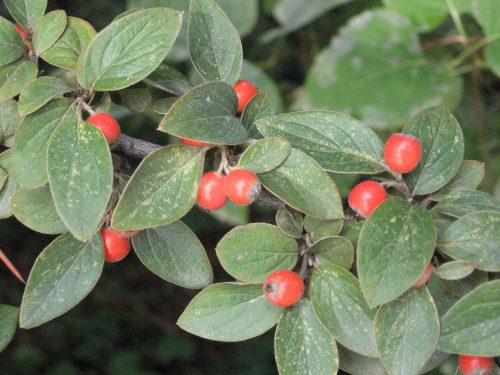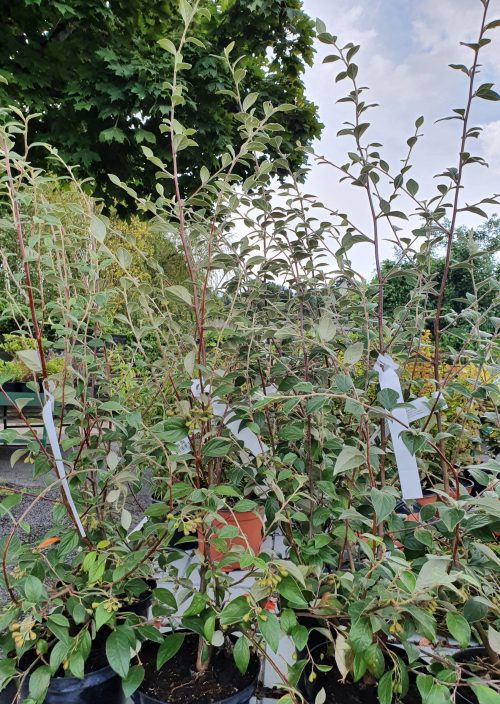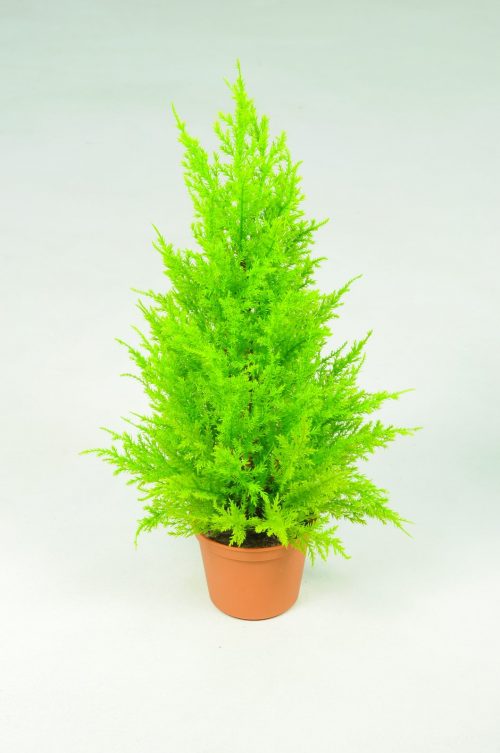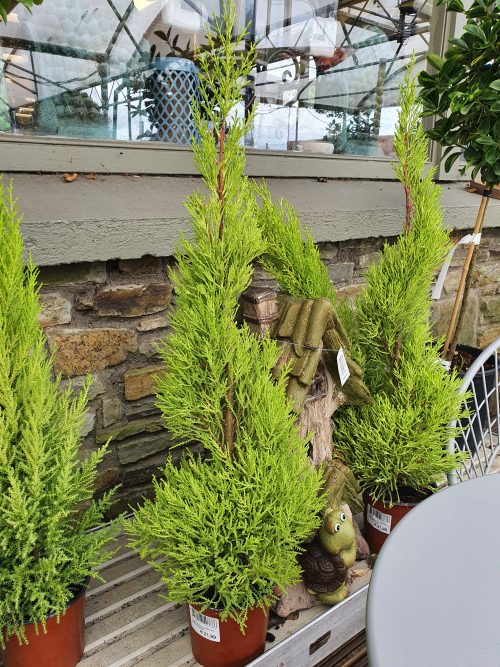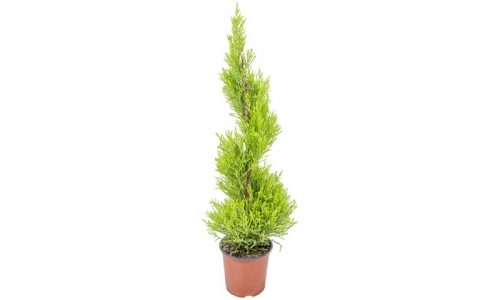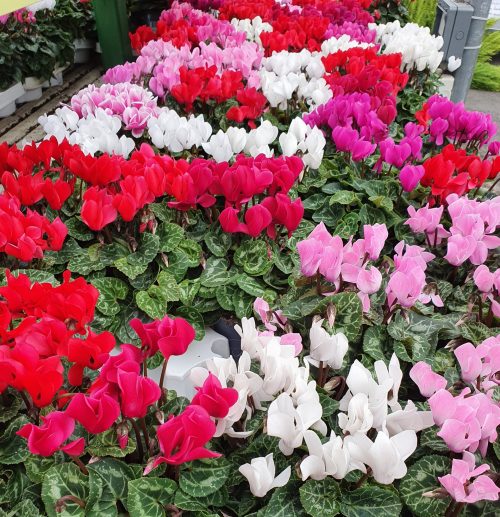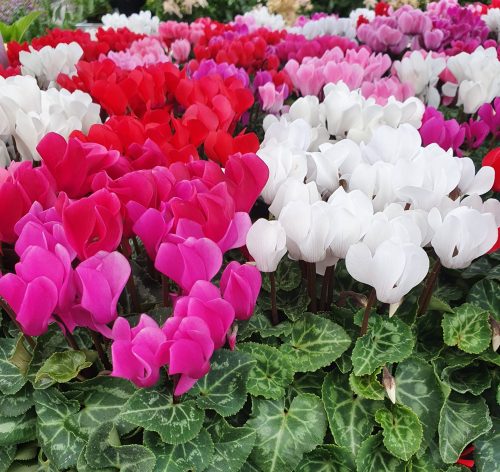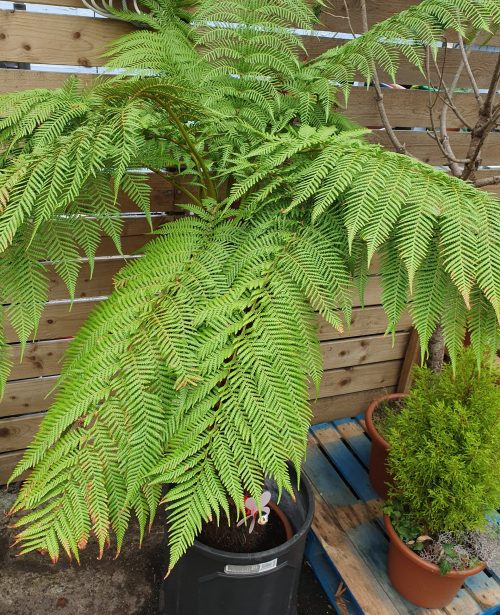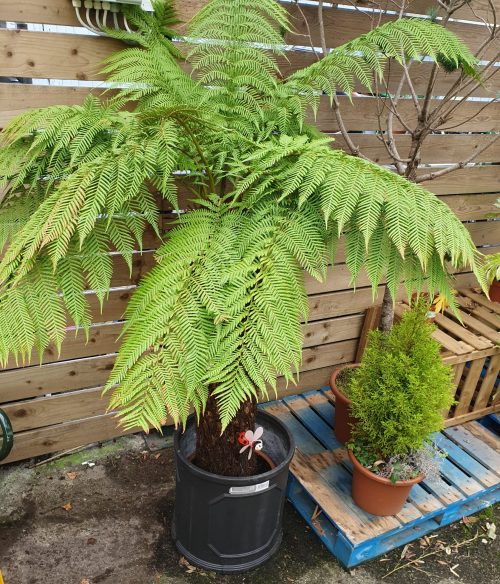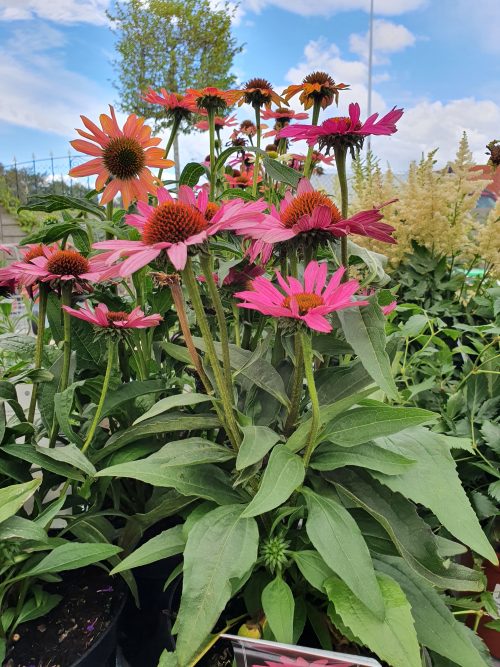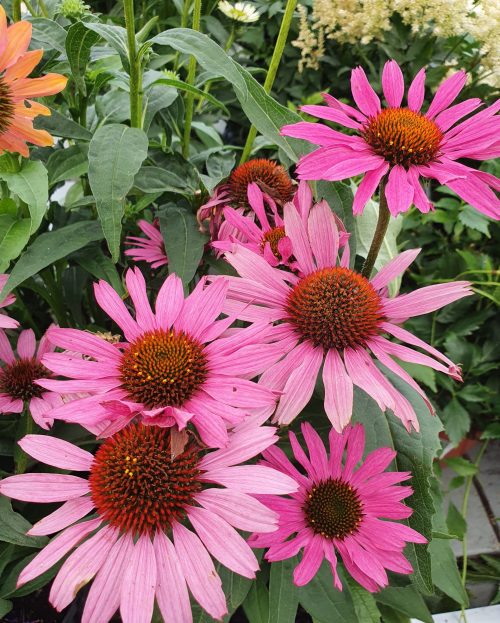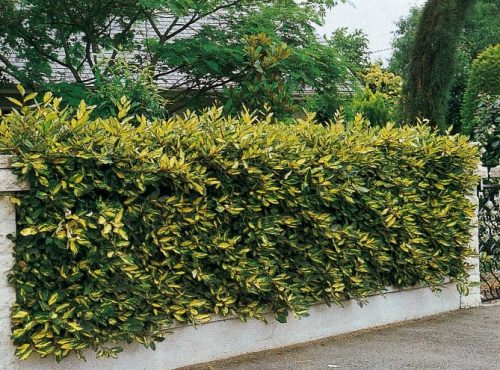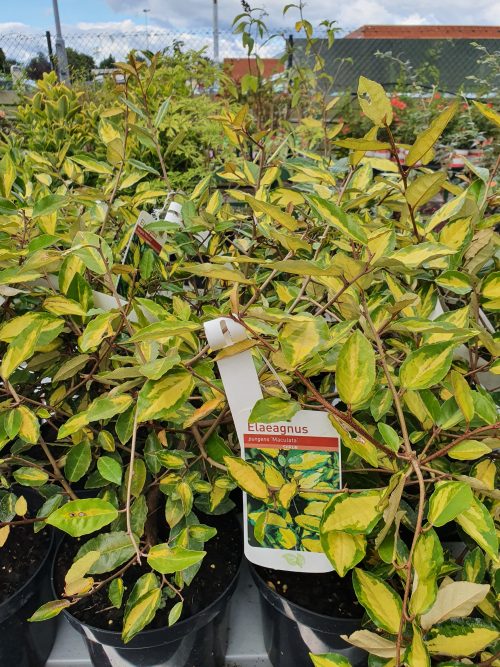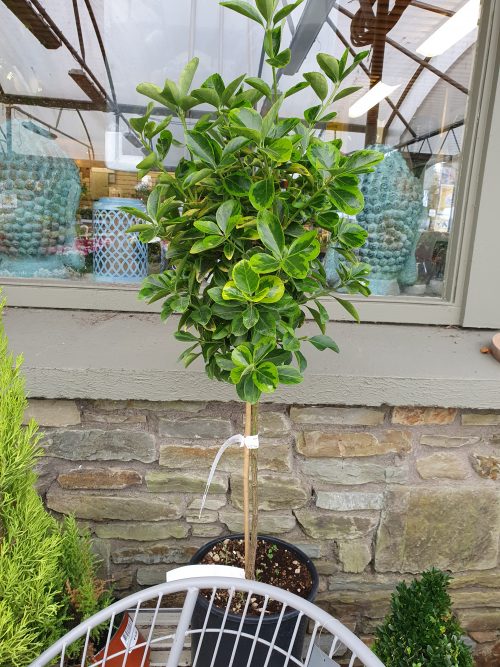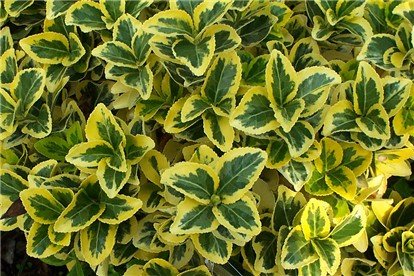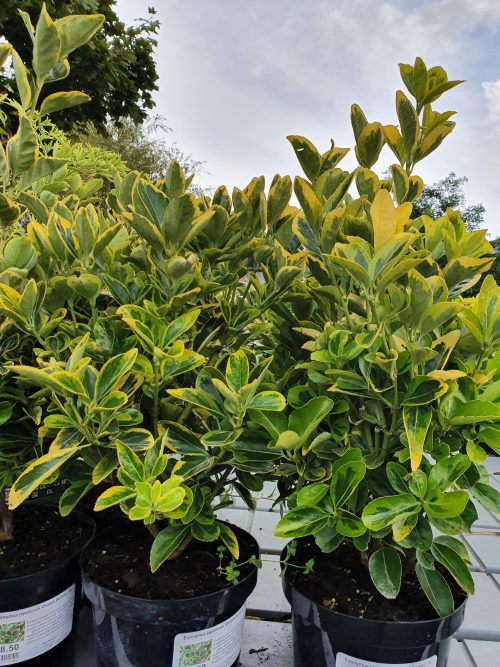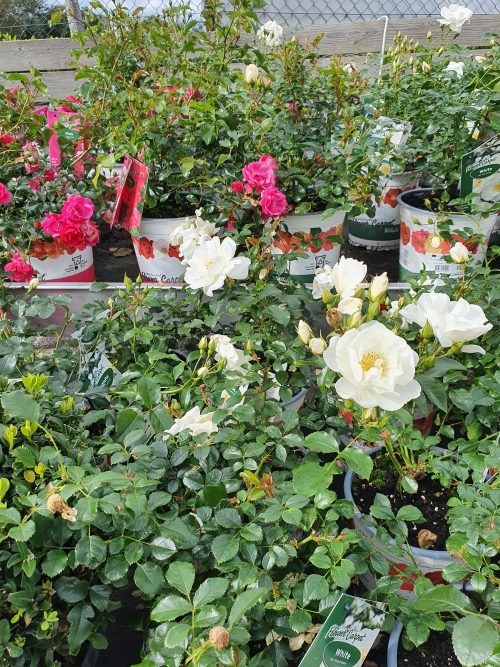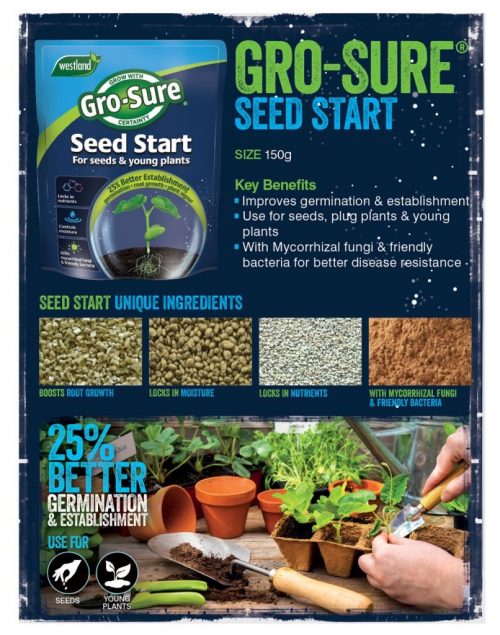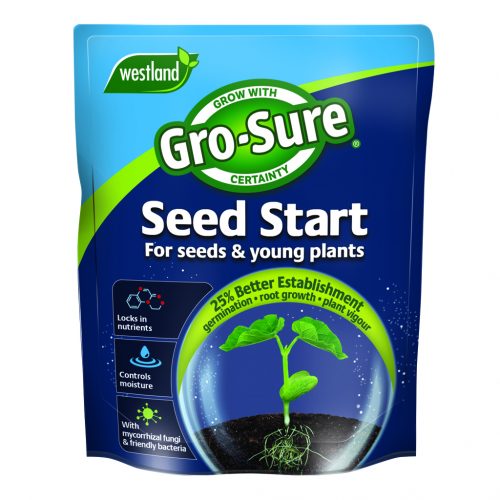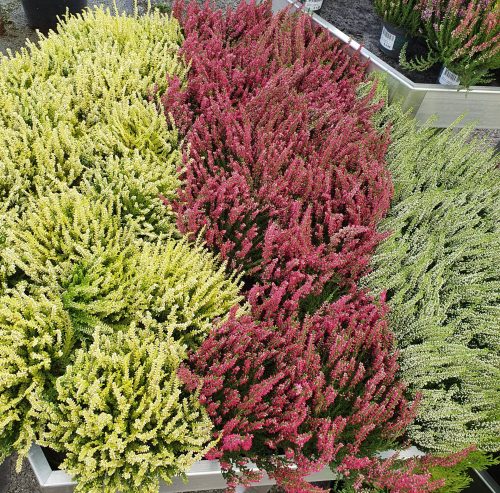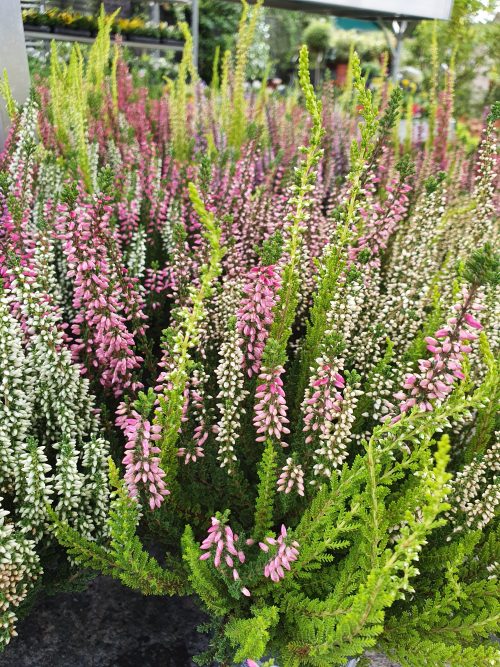Franchet's Cotoneaster is a popular ornamental semi- evergreen shrub that produces masses of white flowers, during the summer followed by bright orange-red fruit in autumn.
Its dense foliage makes it sought after by pollinating insects. Its easy to maintain and is fast-growing.
Can also be used as a hedge, making it valuable shrub for both the gardener and the landscaper.
Evergreen
- Blooms: May - June
- Flower colour: white
- Full grown: 5 Years
- Full grown height: 50 - 75 cm
- Full grown width: 75 - 100 cm
- Plant location: partial sunny location
- Plant spacing: 100 cm
- Hardiness: -25 Celsius
- Preferred soil: Well drained
